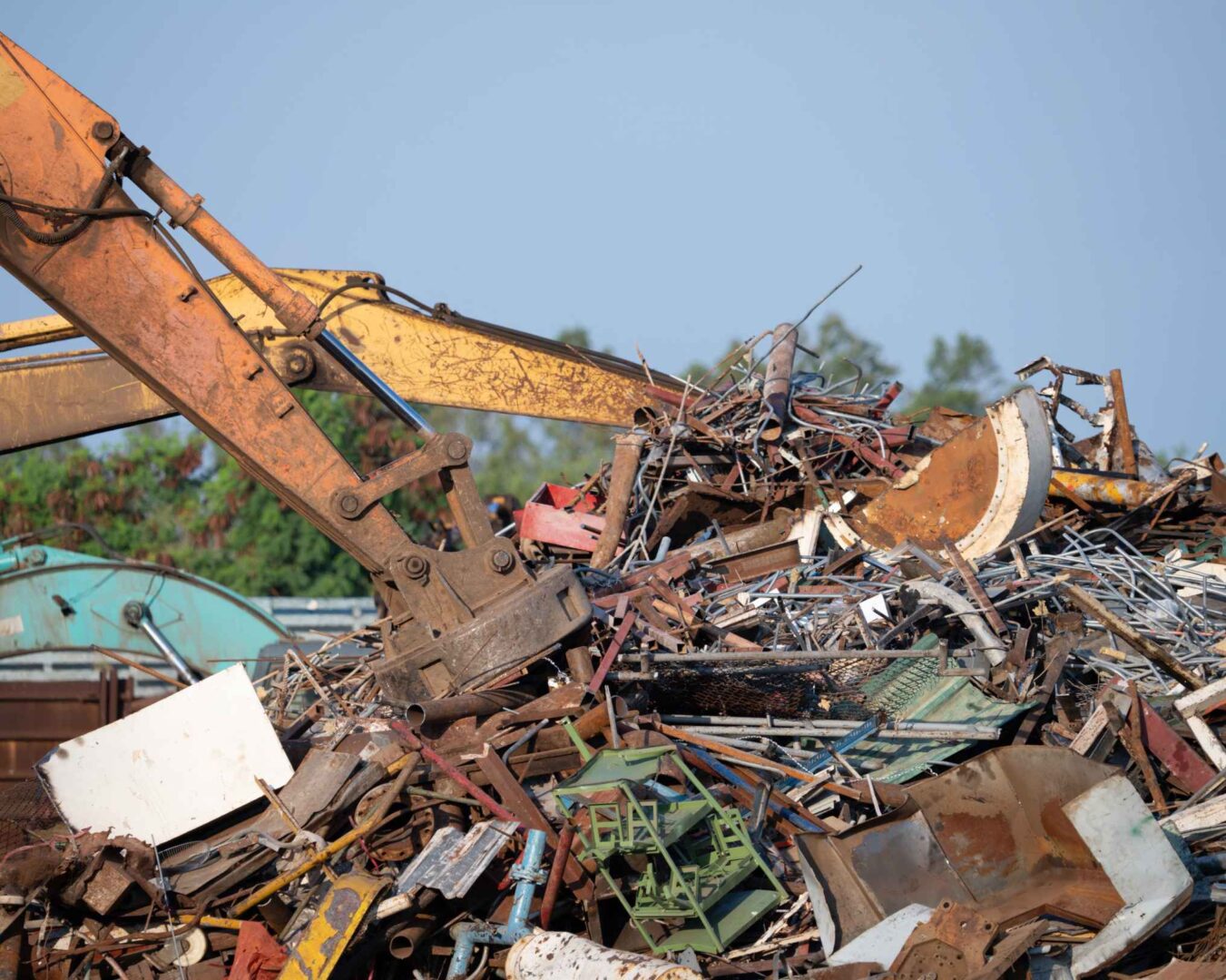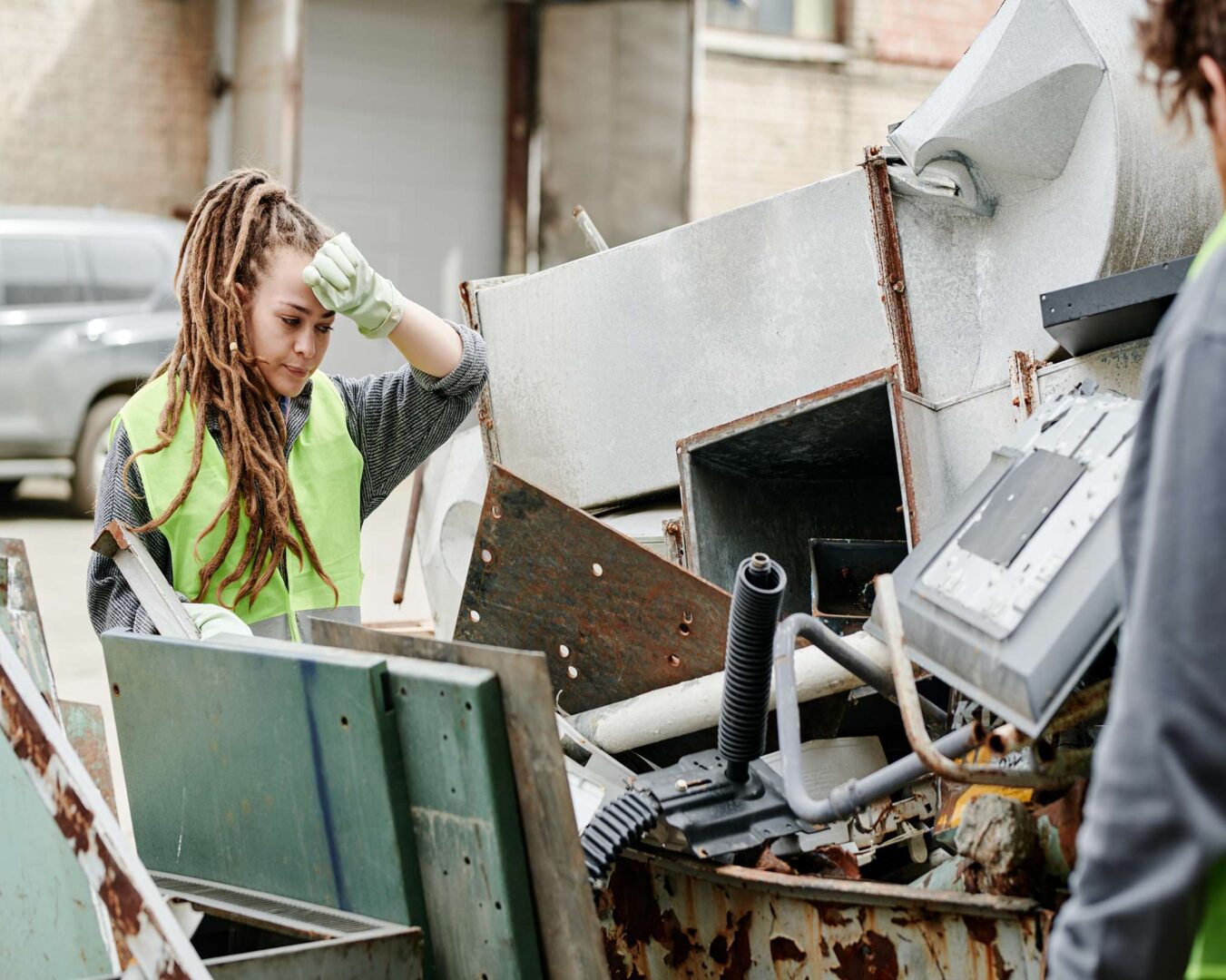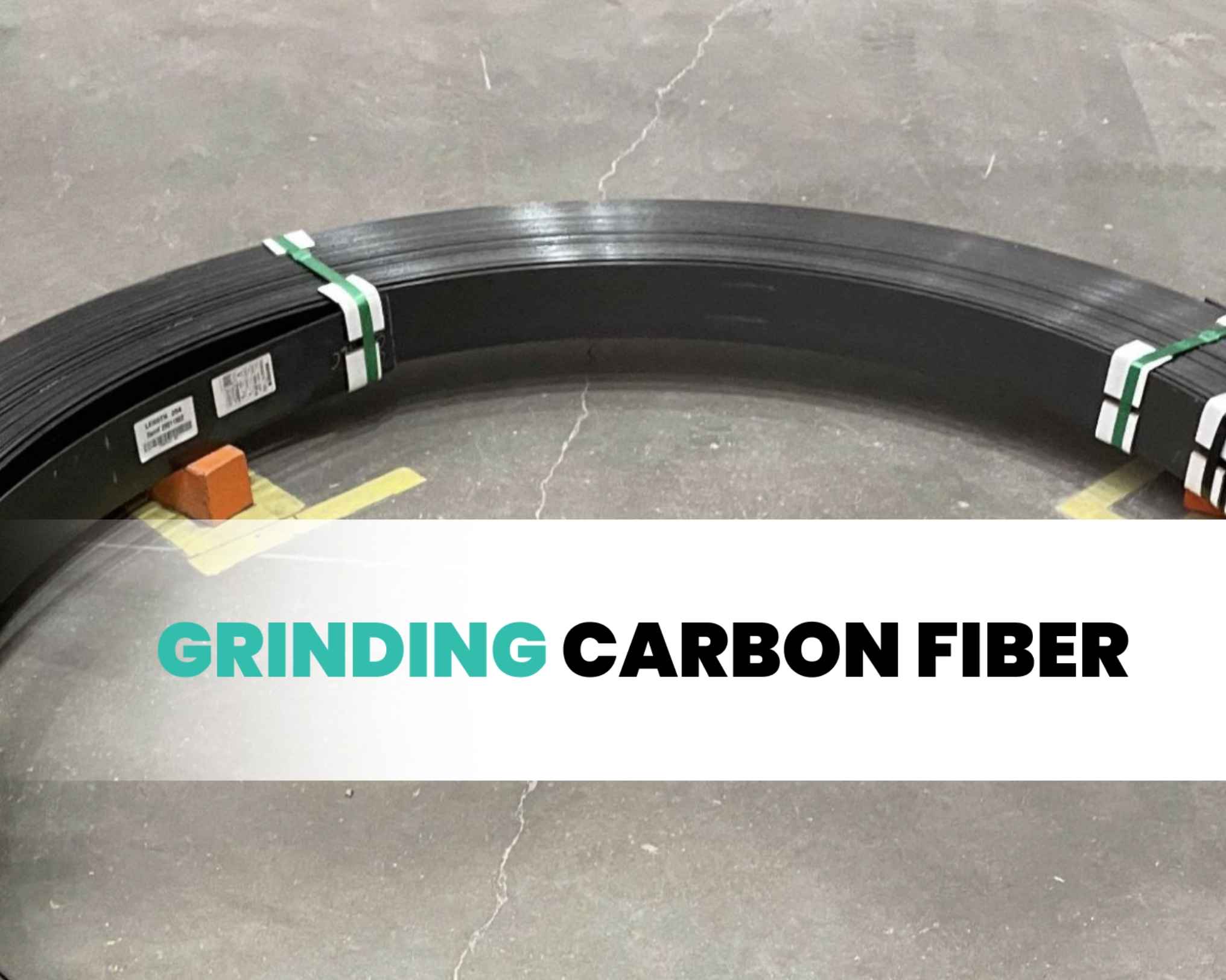Did you know that according to various estimates, over $50 billion worth of Amazon inventory goes unsold each year? This staggering amount not only underscores the challenges businesses face in the era of e-commerce platforms like Amazon but also the limitations of traditional commercial liquidation methods. Dealing with overstock issues is not just about freeing up warehouse space; it’s a matter of strategic decision-making with significant financial, environmental, and social implications.
From optimizing supply chains to implementing sustainable practices, finding innovative solutions beyond conventional commercial liquidation to manage excess inventory is crucial for businesses to thrive in today’s dynamic market. By addressing this issue, companies can not only reduce financial losses but also contribute to a more sustainable and responsible approach to commerce.
Table of Contents
Overstocked Inventory: The Overlooked Dilemma
Many businesses erroneously view excess inventory as just a ‘storage problem.’ However, the ramifications of overstock go beyond mere storage concerns. Not only does it tie up capital in goods that aren’t generating revenue, but it also presents significant environmental challenges.
Unwanted products often end up in landfills, contributing to an escalating waste crisis and further exacerbating the global environmental impact. It is crucial for businesses to recognize the multifaceted nature of excess inventory and take proactive measures to address this issue.
Traditional Liquidation Options
When it comes to getting rid of unsold merchandise, businesses have traditionally resorted to commercial liquidation. This practice involves selling the excess products through a liquidator such as Amazon Liquidation or Walmart Liquidation at deep discounts.
There are multiple routes businesses take when faced with excess inventory:
- Direct Sales to Consumers: Often through clearance sales, offering huge discounts. Such sales are usually restricted to a particular geographic region and tend to generate traffic in-store.
- Bulk Sales to Liquidators: Companies buy your surplus for pennies on the dollar. Such sales usually involve a flat fee per item or lot of goods, and the company gets paid within weeks.
- Auctions: Can be unpredictable and often yield lower returns. Such auctions are usually open to the public, and you don’t have control over who your buyers will be.
- Landfill or Incineration: Sadly, a vast quantity of unsold goods ends up here. The cost of disposing of overstock merchandise is, however, staggering and can be potentially damaging to the environment.
Each of these methods comes with its downsides—whether it’s underselling your products, unpredictable returns, or environmental harm.
The Modern Answer: Beneficial Reuse
The modern answer to managing overstocked inventory is beneficial reuse. This practice involves donating or selling products to organizations that can make use of them, such as educational institutes, charities, and even government agencies.
While the name may not be familiar to everyone, the concept of Beneficial Reuse is a game-changer. Here’s why:
- Environmentally Responsible: Rather than disposing of products, they’re given a new purpose.
- Financially Smart: Businesses can receive tax credits, sometimes up to 17.5% of the total donation.
- Community Building: Products are donated to local charities and communities in need.
- Enhanced Brand Image: Show your commitment to sustainability and social responsibility.
Happen Ventures: Pioneering Beneficial Reuse
Happen Ventures isn’t just another company—it’s a movement. In the past two years, this beneficial reuse firm has worked with leading retailers, diverting over 60,000 tons from landfills. Here’s a closer look at what they do:
- Quick Turnaround: With a processing time of 3-5 days, it reduces holding costs.
- Massive Tax Savings: Donors can get up to 17.5% of the total product cost back.
- A Win–Win Scenario: It’s not just about businesses. The community benefits from quality products that otherwise would have been discarded.
The Case for Beneficial Reuse Over Traditional Liquidation
Beneficial Reuse offers a sustainable and environmentally friendly approach to managing assets, minimizing waste, and maximizing value. When you stack Beneficial Reuse against traditional commercial liquidation, the advantages become stark:
- Environmental Impact: With landfills already overflowing and incineration contributing to pollution, we need alternatives. Beneficial reuse stands out.
- Economic Sense: It takes up to 90 days for products to be liquidated, incurring storage costs. Compare that to the quick turnaround of beneficial reuse.
- Enhanced Public Perception: Modern consumers value brands that are environmentally and socially responsible.
Making the Shift: How to Move from Liquidation to Beneficial Reuse
Transitioning might seem daunting, but with partners like Happen Ventures, it’s simpler than one might think:
- Identify Excess Inventory: Use metrics and analytics to determine what’s surplus.
- Collaborate with a Beneficial Reuse Partner: Companies like Happen Ventures can guide you through the process.
- Ensure Compliance and Documentation: Streamlined and digitized documentation ensures tax benefits.
- Schedule Pick–ups: No need to worry about transportation; this is typically handled by your beneficial reuse partner.
Conclusion: Crafting A Sustainable Business Future
Excess inventory doesn’t have to be a problem. It can be an opportunity—an opportunity to give back, to be environmentally conscious, and to be financially savvy. By embracing beneficial reuse, businesses can transition from a linear, wasteful model to a circular, sustainable one. It’s time to redefine how we perceive ‘excess’ and ‘waste’. Let’s rewrite the narrative of overstock management together.




